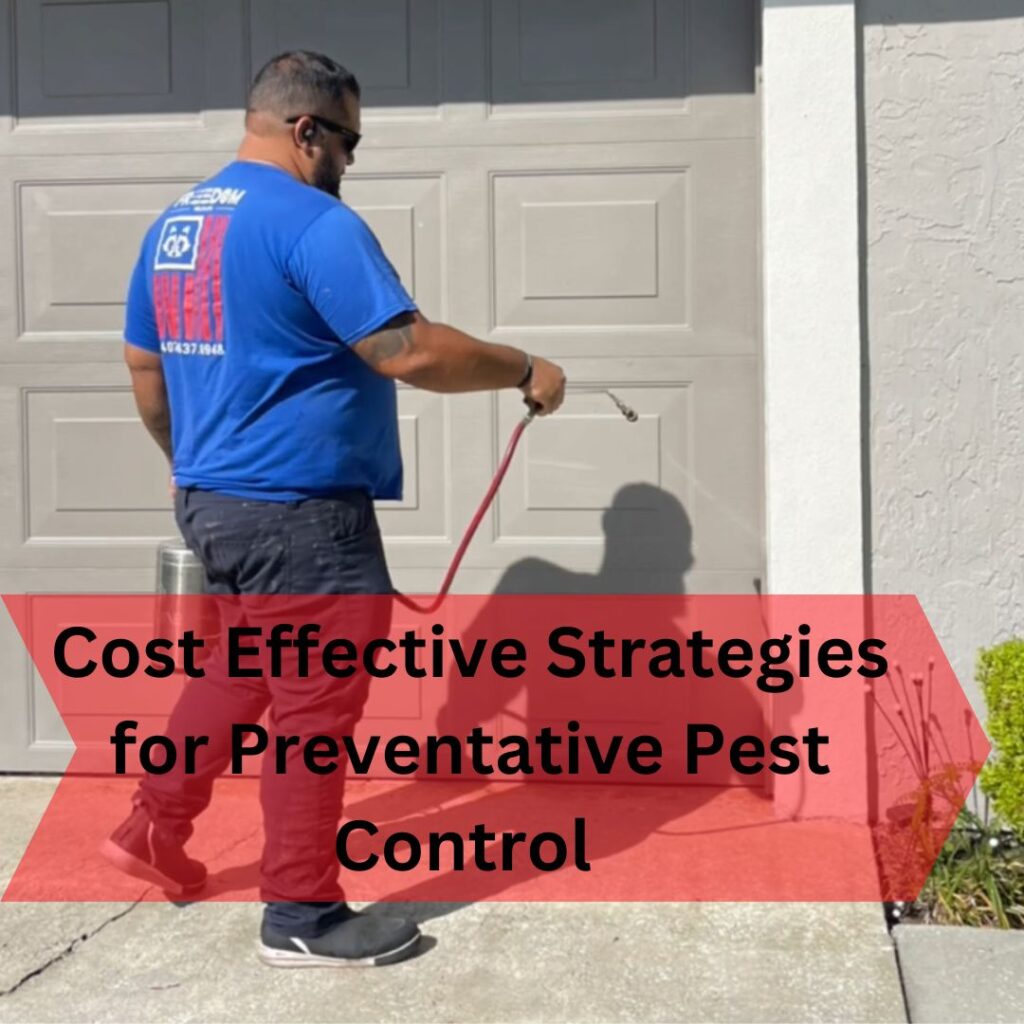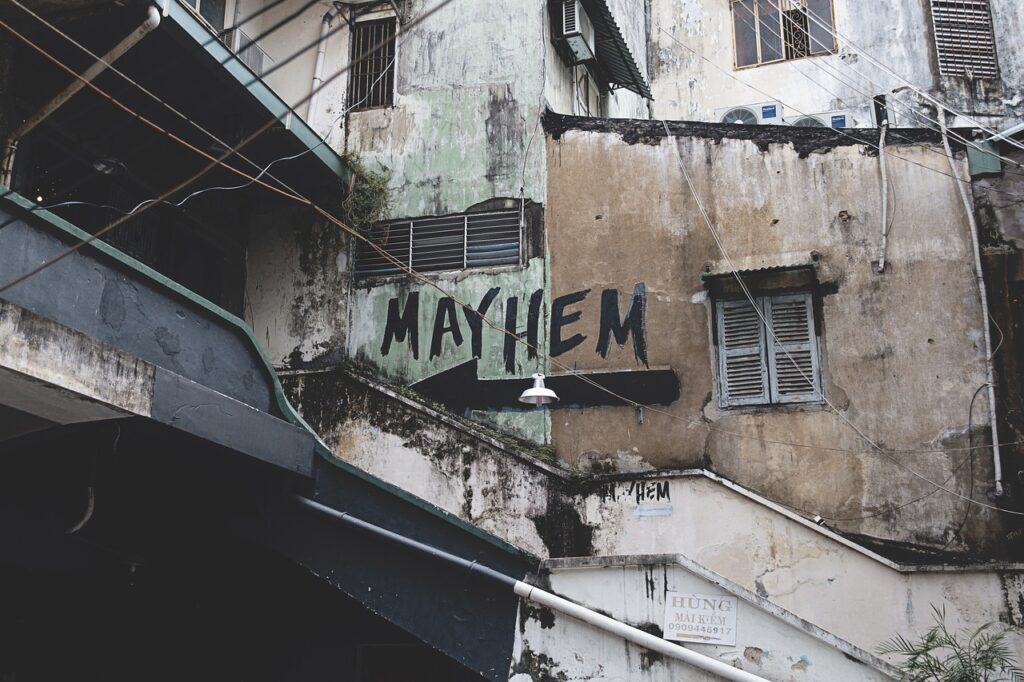Introduction
Pests can pose significant threats to both residential and commercial properties, causing damage to structures, contaminating food supplies, and even posing health risks to occupants. Preventative pest control measures are crucial in mitigating these risks and ensuring a safe and healthy environment. In this article, we will explore cost-effective strategies for implementing preventative pest control, including the importance of early detection, sustainable pest management solutions, and collaboration with professionals in the field. By adopting these strategies, property owners can effectively protect their premises from pest infestations and minimize the need for costly pest control treatments.
Importance of Preventative Pest Control Measures
Pests are not just unwelcome guests; they can pose serious threats to our health and safety. Preventative pest control measures are crucial in safeguarding both our well-being and the integrity of our properties.
Protecting Health and Safety
Pests like rodents and insects can carry diseases and contaminate our living spaces, putting our health at risk. Implementing preventative pest control measures helps in keeping these potential health hazards at bay.
Preserving Property and Infrastructure
Pests can also cause damage to buildings, furniture, and infrastructure, leading to costly repairs and replacements. By proactively addressing pest control, we can protect our investments and maintain the longevity of our properties.
Integrated Pest Management (IPM) Approach
Integrated Pest Management (IPM) offers a holistic and environmentally sensitive approach to pest control, emphasizing prevention and long-term solutions over quick fixes.
Understanding the Principles of IPM
IPM focuses on identifying and addressing the root causes of pest issues rather than just treating the symptoms. It involves a combination of biological, cultural, physical, and chemical control methods tailored to specific pest problems.
Implementing IPM Strategies in Preventative Pest Control
By incorporating IPM strategies into preventative pest control measures, we can effectively manage pest populations with minimal impact on the environment. This approach promotes sustainable pest management practices for long-lasting results.
Strategies for Identifying Pest Risk Areas
To effectively prevent pest infestations, it is essential to identify and address areas that are prone to attracting pests.
Common Areas Prone to Pest Infestations
Areas such as kitchens, storage areas, garbage disposal sites, and cracks in walls are common hotspots for pest activity. Regular inspection and monitoring of these areas can help in early detection and prevention of infestations.
Assessment Techniques for Identifying Pest Risk Areas
Using techniques like visual inspections, monitoring traps, and tracking pest activity can help in pinpointing areas with heightened pest risk. Understanding the behavior and preferences of common pests also aids in targeted prevention efforts.
Cost-Effective Pest Prevention Techniques
Preventing pest infestations doesn’t have to break the bank. By implementing simple yet effective techniques, we can keep pests at bay without draining our wallets.
Sealing Entry Points and Gaps
One of the most cost-effective ways to prevent pests from entering our properties is by sealing off potential entry points such as cracks, gaps, and holes in walls, windows, and doors. This simple step can significantly reduce the likelihood of pest intrusion.
Proper Waste Management and Sanitation Practices
Maintaining cleanliness and proper waste management practices can go a long way in deterring pests. Regularly disposing of trash, removing food sources, and keeping storage areas organized can help in creating an inhospitable environment for pests to thrive.
Sustainable Pest Control Solutions
When it comes to keeping pests at bay, sustainable solutions are key. By opting for eco-friendly pest control products, you can tackle infestations without harming the environment. Look for products that are safe for use around pets and children while effectively targeting pests.
Using Eco-Friendly Pest Control Products
Swap out harsh chemicals for plant-based or organic alternatives. These products can be just as potent against pests while being gentler on the planet.
Implementing Biological Controls for Pest Management
Consider introducing natural predators or parasites that prey on common pests. This biological method can help maintain a balance in your ecosystem and reduce the need for chemical interventions.
Utilizing Natural and Non-Toxic Pest Control Methods
Ditch the toxic chemicals and opt for natural pest control methods that are safe for both your family and the environment. From simple DIY remedies to utilizing beneficial insects, there are plenty of non-toxic options at your disposal.
DIY Pest Control Remedies
From vinegar solutions to peppermint oil sprays, there are numerous DIY remedies that can help repel pests. Plus, you’ll feel like a wizard concocting your magical potions!
Beneficial Insects for Natural Pest Control
Invite nature’s pest controllers into your garden by introducing beneficial insects like ladybugs or lacewings. These tiny allies can help keep pest populations in check without any harmful side effects.
Regular Inspections and Monitoring for Early Detection
Stay one step ahead of pests by conducting regular inspections and monitoring for any signs of infestation. Early detection can make all the difference in preventing a minor pest issue from becoming a full-blown invasion.
Creating a Monitoring Schedule
Set up a routine inspection schedule to keep track of pest activity in and around your home. This proactive approach can help you nip potential problems in the bud before they escalate.
Signs of Pest Activity to Look Out For
Keep an eye out for telltale signs of pest presence, such as droppings, gnaw marks, or unusual odors. By familiarizing yourself with these indicators, you can act swiftly to address any pest issues.
Collaboration with Pest Control Professionals for Effective Results
While DIY methods can be effective, sometimes you need to call in the big guns for pest control. Knowing when to seek professional help and working with experts can ensure a comprehensive pest management plan tailored to your specific needs.
When to Seek Professional Pest Control Services
If your DIY efforts aren’t cutting it or if you’re dealing with a persistent infestation, it may be time to bring in professional pest control services. These pros have the knowledge and tools to tackle even the toughest pest problems.
Working with Experts to Develop a Comprehensive Pest Management Plan
Collaborate with pest control professionals to create a customized pest management plan for your property. By combining your knowledge of the area with their expertise, you can establish a proactive approach to pest control that keeps your home pest-free.
Conclusion
Implementing cost-effective strategies for preventative pest control is not only a proactive approach to safeguarding your property and health but also a sustainable and eco-friendly choice. By incorporating integrated pest management practices, regular inspections, and utilizing natural pest control methods, property owners can effectively prevent infestations before they become a major issue. Remember, early intervention is key in pest control, and by working towards a pest-free environment, you can enjoy peace of mind knowing that your property is well-protected.
Frequently Asked Questions
Q: What are the benefits of adopting preventative pest control measures?
Q: Are natural pest control methods as effective as chemical treatments?
Q: How often should property owners conduct inspections for pest activity?
Q: When should I consider hiring a professional pest control service?



